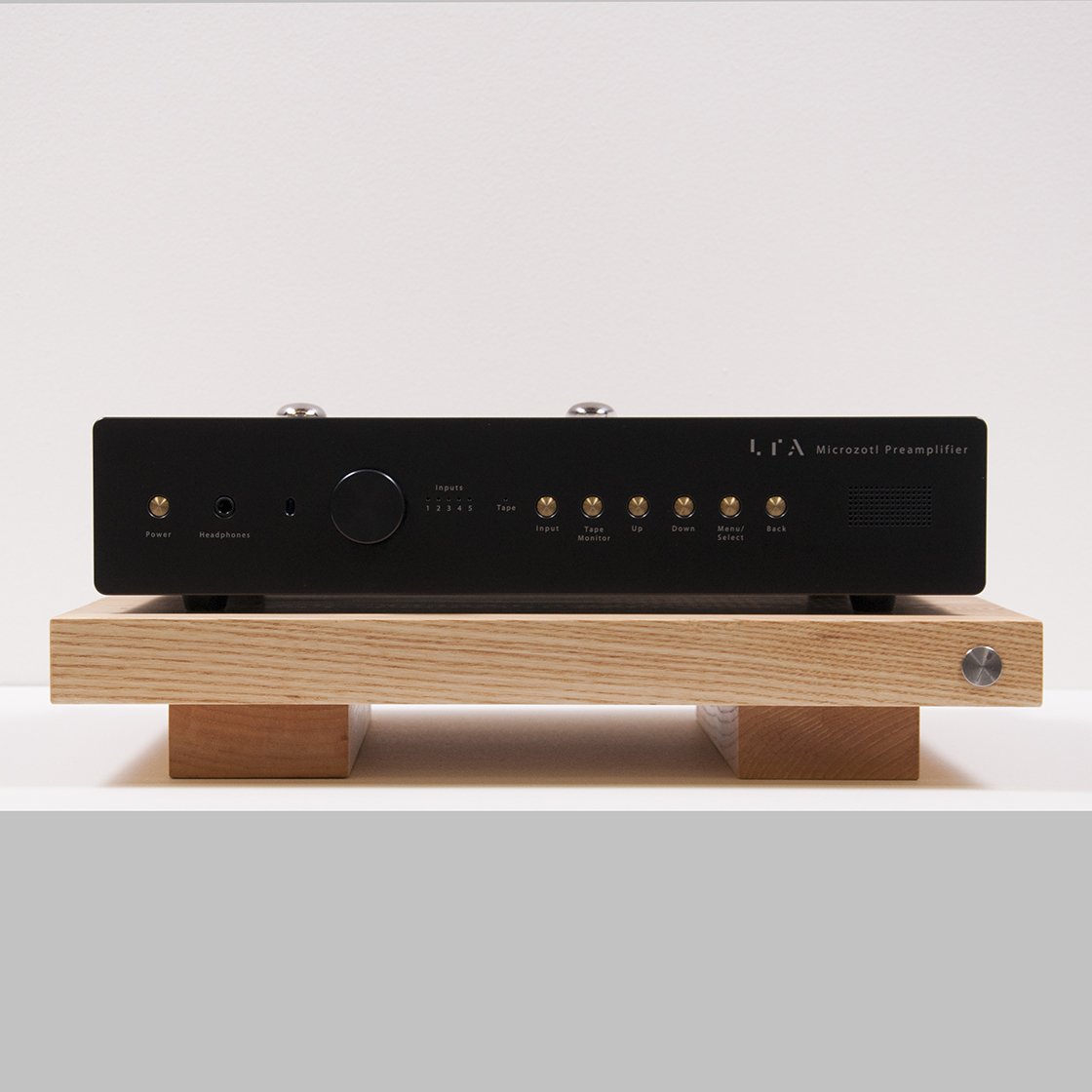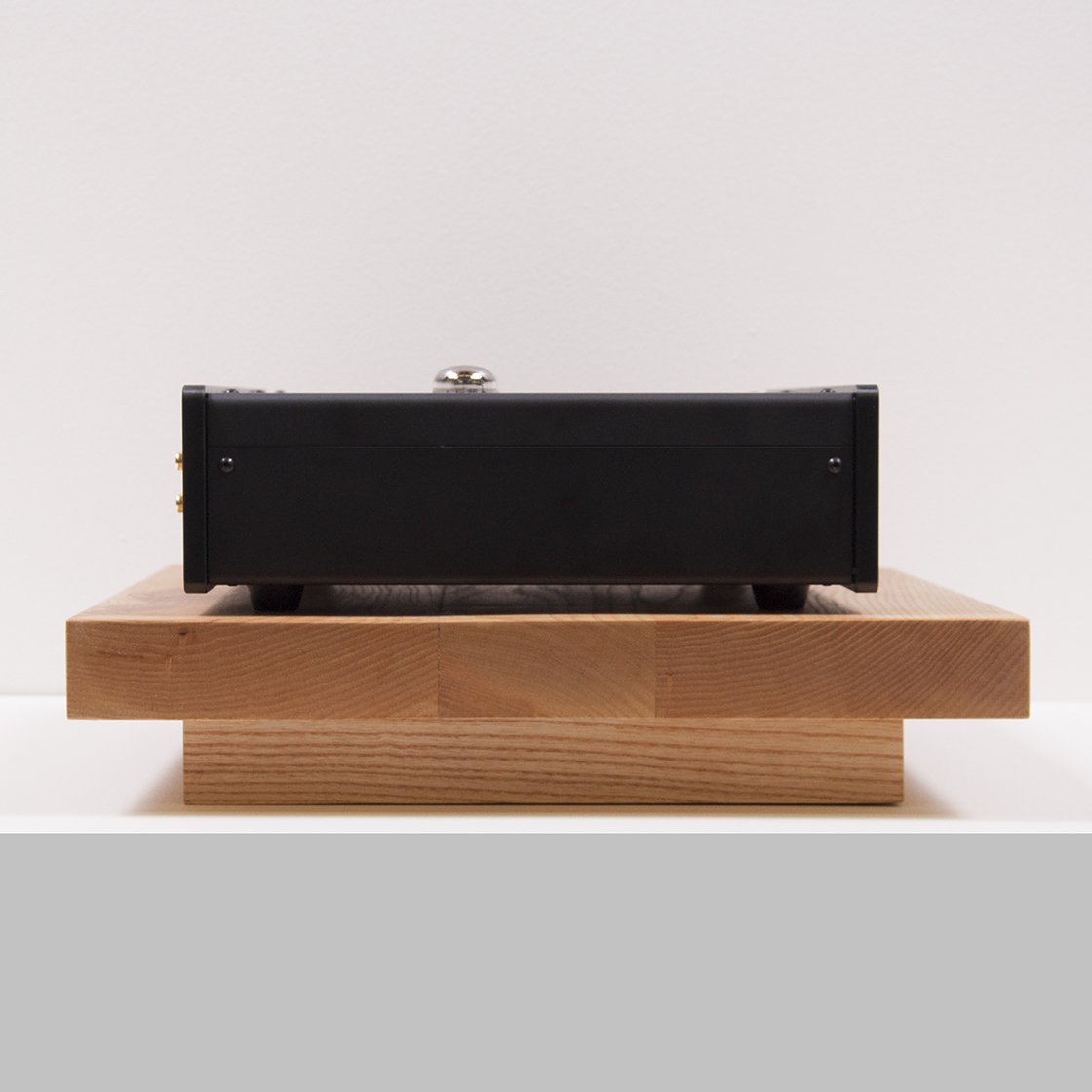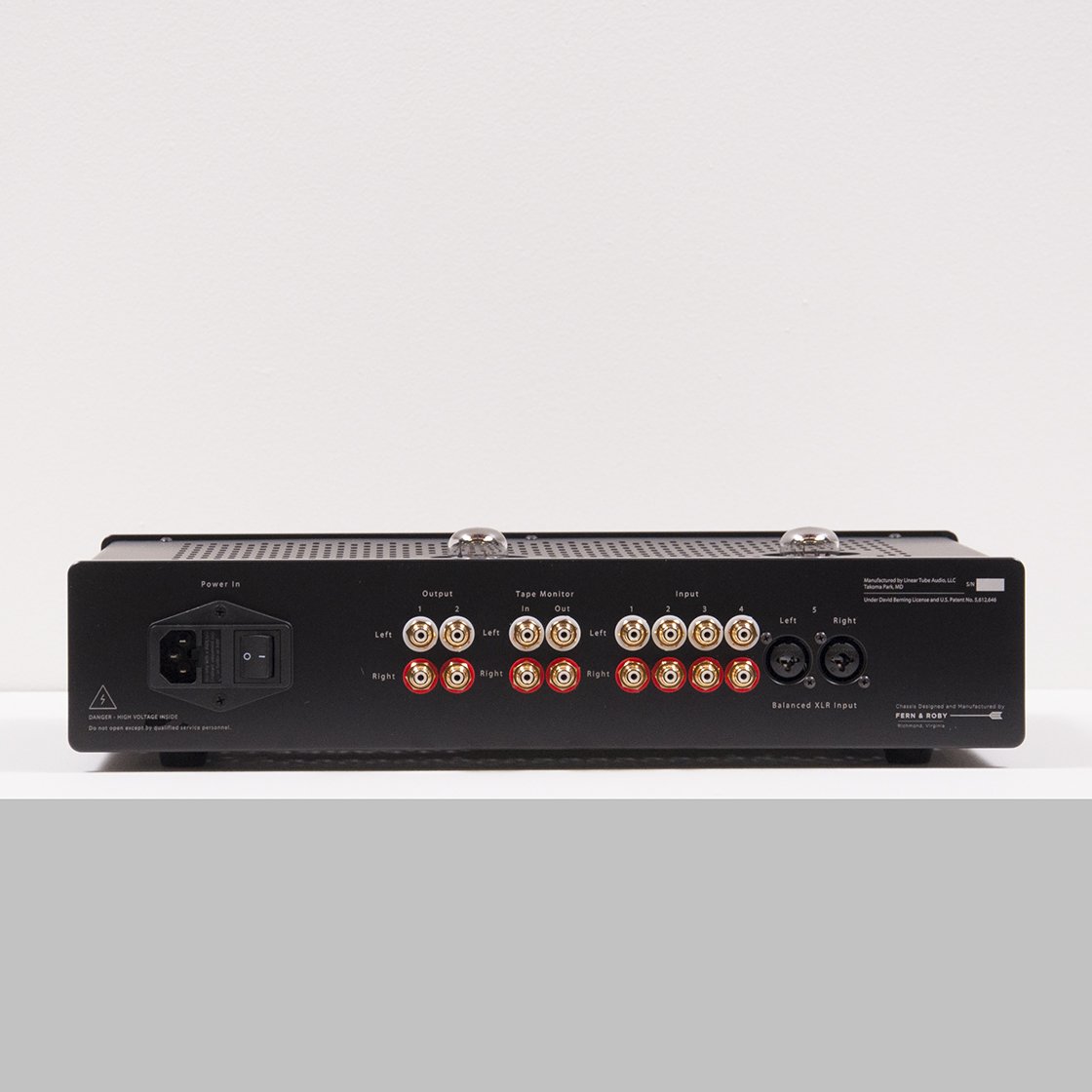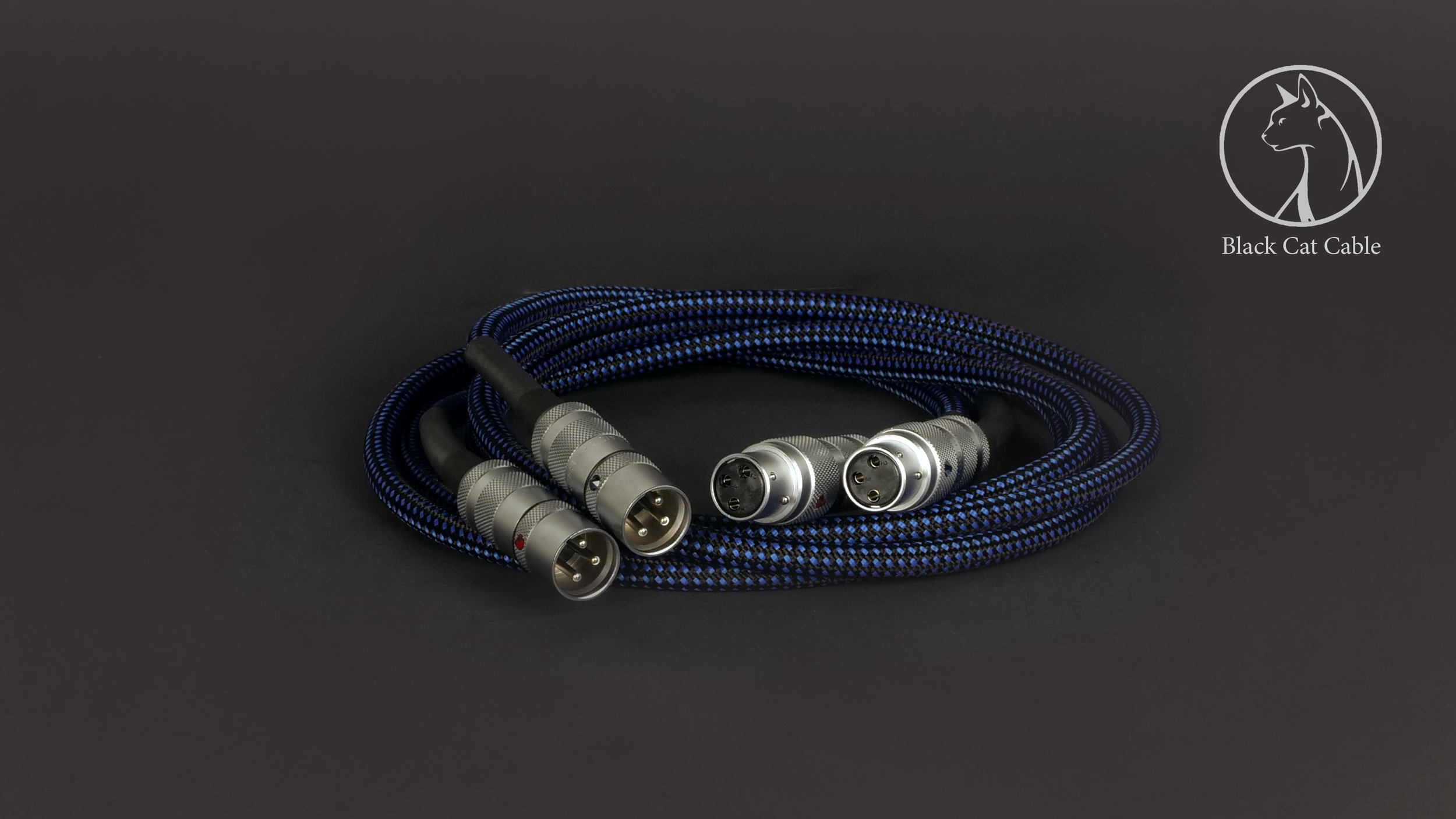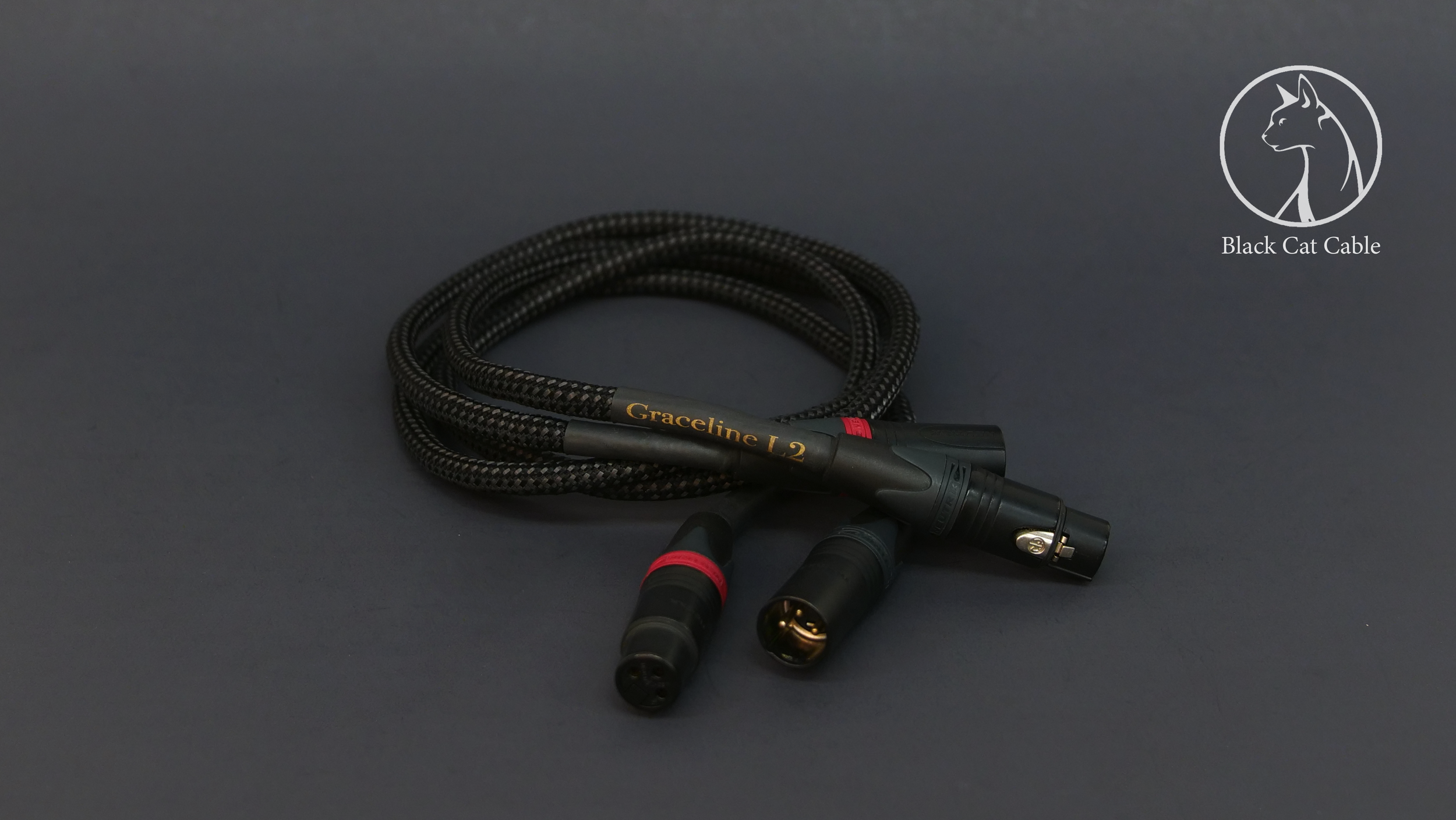“I just relaxed more, I enjoyed music more and more with the MicroZOTL. If you’re looking for a preamp in this price range, this should be at the top of your list.”- Steve Guttenberg, The Audiophiliac
Why We Love the MicroZOTL
LTA is cut from the same cloth as we are. They are defined by their passion to design & make innovative products themselves and work with people they like! They hire and train the staff that make everything they sell and have a passion for this business that makes them great partners for us and for our clientele.
The MicroZOTL and the rest of the ZOTL product line is a unique design that is made by another interesting person we enjoy, David Berning! He has become a friend of ours as well. Basically, it all starts with great people who want to make excellent products themselves.
You can learn more about David and the unique ZOTL technology he developed here.
What is a preamplifier and why is it so important?
A Preamplifier is one of the most important components in a system that does the crucial job of controlling what input source (Vinyl, CD, Digital, etc) you are listening to and how to carefully boost the volume without distortion or noise into the signal path prior to the power amplification to drive your speakers.
Preamps are in all audio systems in some form, either as component within an Integrated Amp, or as a separate component designed to do a better job just like a dedicated video card or sound card can do in a computer compared to machines with integrated video and sound cards.
The Preamplifier is often a part of an "Integrated Amp", which has both the preamp and power amp in it. These typical devices often include other components as well to deliver economy to make an entire system affordable. The tradeoff is often quality. To reduce the cost and fit everything into one box integrated amps have to make compromises. They also have greater complexity and with complexity comes greater engineering challenges.
This is why there are dedicated separate components like preamplifiers and power amps. By keeping the device simpler and more singular, the quality and functionality can be increased thoughtfully to make a product that does a much better job.
Managing the audio signal at the "Line Level" or at a low signal level, a system can introduce more sophisticated controls like switching, and gain without the challenges of managing this at high power levels that would require bigger components which would be more costly and is just much harder to do.
So the bottom line is that a great preamplifier curates and manages your low level audio signal without introducing distortion and noise that would make the experience worse at high levels. A bad preamplifier will introduce this noise which will be amplified along with the signals you want to hear (Garbage in, Garbage out, but louder).
The Design
The MicroZOTL circuit was born in 2000 as a showcase for the newly invented ZOTL output stage. It was designed to be simple, small, and to sound incredible.
When LTA reintroduced it in 2015 they added preamp outputs and realized that every system sounded better with the MicroZOTL in the chain. This led to the creation of the reference MicroZOTL Preamplifier.
Overbuilt linear power supply: Custom, center-potted toroidal transformer with separate windings for the analog and digital sections of the circuit; extremely low-noise Belleson regulator designed for audio with low output impedance, high bandwidth, and excellent transient response; over 100,000uF of storage capacitance, more than is typically found in power amplifiers.
Ceramic circuit boards: Comparing ceramic PCBs to standard materials is similar to comparing different insulation material used for wire. Most standard wire uses PVC, while higher performance wire uses a fluoropolymer like PTFE. Ceramic PCBs have a lower dielectric constant and absorb less energy from the signal, which gives better clarity and detail.
Optimized preamplifier output: The preamp and headphone outputs were given separate coupling components, allowing us to use components ideally suited to each and maintain the excellent headphone amplifier performance of the MicroZOTL.
High-resolution volume attenuator with integrated balance control: An 8-bit relay-based stepped attenuator provides 0.5dB steps for precise level adjustments. Each channel is independently controlled, ensuring that balance adjustments can be made without additional circuitry or degradation of sound quality. The use of low noise, high stability tantalum nitride (TaN) precision thin-film resistors further enhances the accuracy and consistency of the signal. With adjustable gain and step settings, each input can be configured for optimal performance with any given source.
Transformer-coupled balanced inputs: To take full advantage of balanced sources we employ premium Lundahl input transformers on the XLR inputs.
Elegant, North American-made chassis: The casework is designed by award-winning, Richmond, VA-based Fern & Roby.
-
Level 3 completely reimagined the audio section: redesigning the boards, redrawing the layout, re-evaluating components, and tuning the circuit.
Using a single larger circuit board instead of several smaller ones significantly shortened the signal path and reduces the number of interconnections, which removes opportunities for noise to enter the circuit. Combining the boards also meant that more of the signal path travels on the ceramic PCB. A larger board also gives enough room to use the best quality components and optimize their placement—including the addition of new, premium coupling capacitors from Amtrans and Jupiter Condenser. These physically larger components allow for lower ESR (Equivalent Series Resistance) and higher phase accuracy. This improved coherency and accuracy across the audio band ensures tonal balance and bass authority. Additionally, improving the grounding scheme resulted in our quietest preamplifier yet—a -10dB reduction in mains interference.
Building on learnings from hundreds of hours of research and development on other LTA products, the power stage in the preamp was fully reworked to decrease noise and increase output capability. LTA tuned the waveform of the ZOTL carrier frequency to optimize efficiency which resulted in a higher maximum output level. This translates into better intelligibility at low listening levels due to improvements in the headroom and signal-to-noise ratio. Shared sections of the circuit are separated to give isolated, dedicated power to each output channel—limiting the potential for crosstalk. The total power storage increased by 70%, to over 200,000uF, with significantly more of that providing instantaneous power delivery right next to the parts that need it. That results in effortless micro-detail and snappier attack to each note. Most importantly, less work for the ear to follow along to dynamic and complex musical passages. Finally, by standardizing our modular impedance converters, we’re now able to precision match their characteristics which greatly improves consistency.
By redesigning custom components and utilizing more efficient, modern surface-mount parts in critical areas, the ZOTL stage achieves consistently higher performance.
LTA also added a high voltage delay and a soft-start filament circuit to warm up the tubes more gently. This improves tube life by allowing the cathodes to reach their operating conditions in a less stressful sequence. Better cathode care = longer tube life.
Why This Matters for ListeningNatural dynamics – Music breathes effortlessly, from the softest whisper to the loudest climax.
Greater clarity – Fine textures in vocals, strings, and percussion are more discernible.
Smoother highs – Eliminating harshness often associated with less efficient designs.
In essence, this optimization ensures the MicroZOTL circuit performs at its absolute best, delivering both precision and musicality without compromise.
It’s not just engineering—it’s the difference between hearing music and feeling it.
-
The volume control is completely transparent and uses the highest quality components.
Enable the Hi-Res Volume Range for 199-step precision to dial in exactly the volume you need.
Volume level is automatically saved individually for each input and each output (preamplifier or headphones).
-
The MicroZOTL Preamplifier ships with premium NOS 12SN7 tubes. With a flip of a switch, you can also use 6SN7 tubes, including the popular Ray Reserve 6SN7.
-
Enough inputs and outputs to connect everything you’ve got. One XLR input and four RCA inputs let you connect all your sources.
Dual always-on preamp outputs allow you to connect a power amp and a subwoofer.
Tape Monitor input/output gives even more options.
Specifications
Amplifier class: Class A, no feedback
Inputs: 4 Stereo RCA single ended inputs using high quality Cardas connectors; 1 XLR transformer-coupled balanced input, with Lundahl transformers. One Tape input.
Outputs: Headphone ¼” Phone jack, dual RCA single-ended preamplifier outputs, Tape Monitor output
Volume Control: Stepped attenuator with two settings. Default: 100 steps logarithmic; High-Res: 199-steps, linear
Gain: +14dB.
Input sensitivity: 0.75Vrms.
Input impedance: Single-ended: 50k ohms, Balanced: 100k ohms.
Output impedance: Preamp output: 50 ohms, Headphone output: 1.38 ohm.
Frequency response: -0.06dB/+0.1dB from 20Hz to 20kHz, -3dB at 1.6Hz to 110kHz
THD+N: 0.2% at 1Vrms output, 0.43% at 2Vrms output.
Crosstalk: -65dB at 1kHz.
Hum+noise: Under -110dB at 2Vrms output.
Power output: into 15 Ohms: 580mW, 30 Ohms: 300mW
Power consumption: ~50W
Input Voltage: 115VAC/230VAC ±10% (User Selectable)
Tube complement: 2× 12AT7/ECC81, 2× 6SN7/12SN7
Dimensions: H - 4.2”, W - 17", D - 12.4" (including volume knob)
Weight: 14lbs

